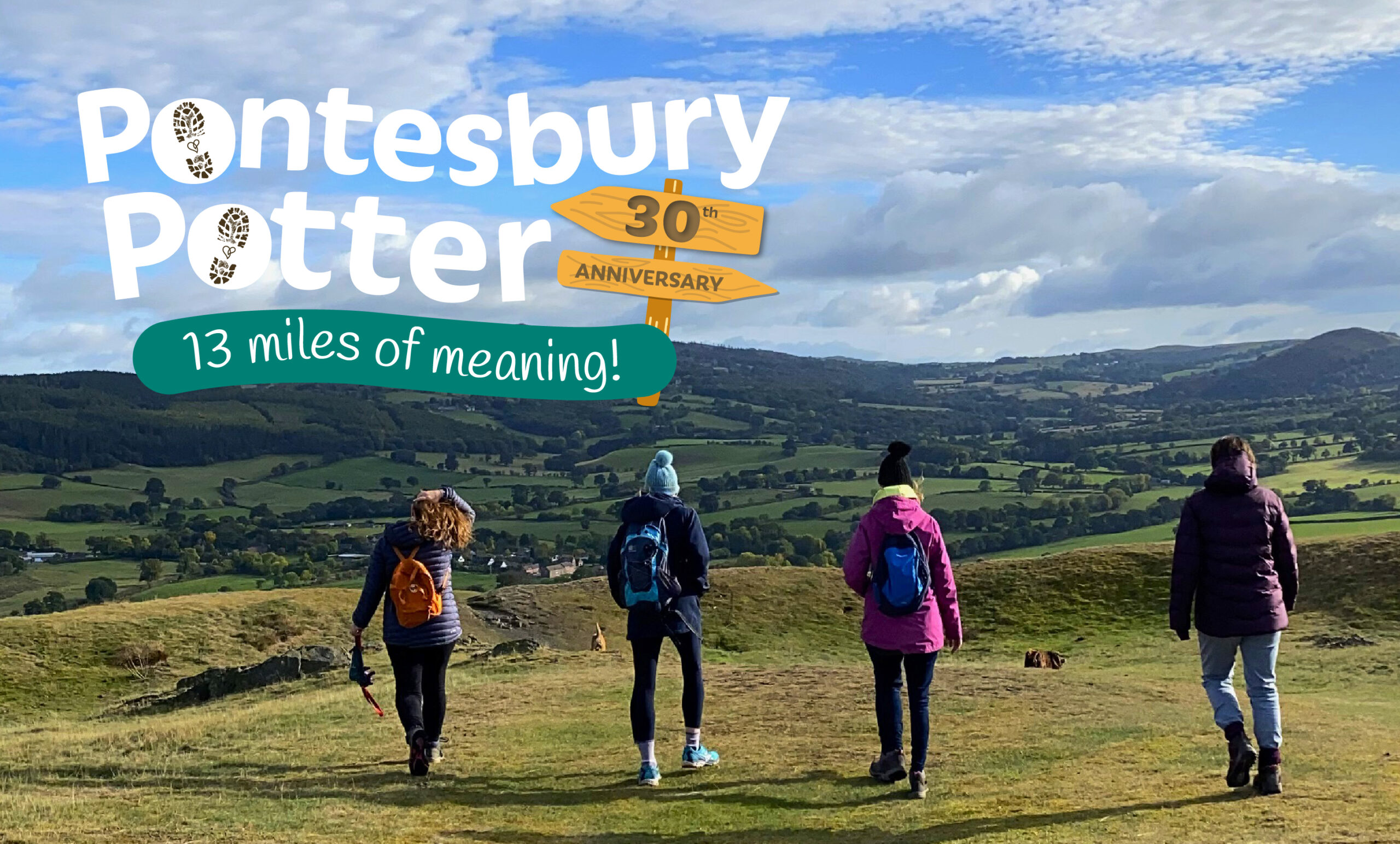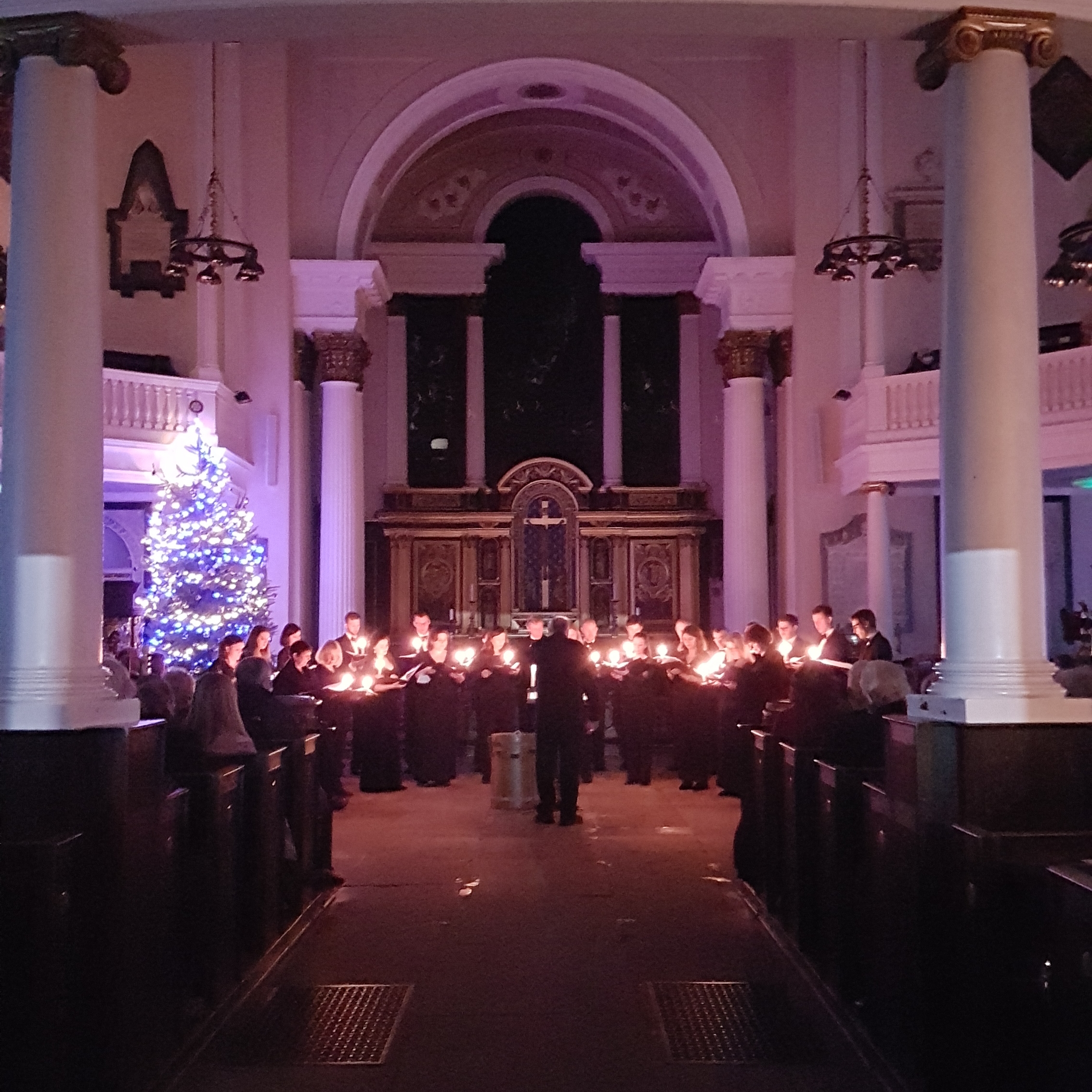Neil Thomas looks at how Shropshire has benefitted from the work of a world class conservation charity
It celebrated its 125th anniversary in 2020, a milestone sadly overshadowed by the coronavirus pandemic. Which is a pity, for it has enriched all our lives, bringing pleasure to countless millions. During the past 18 months, it has been there to lift our spirits when we needed it most.
We are talking about the National Trust or, to give it its full title, The National Trust for Places of Historic Interest or Natural Beauty.
There is, of course, a wealth of such places in Shropshire and the National Trust plays a big role in ensuring they will be there for future generations, just as it protected them in the past for us today.
One of the most impressive historic estates in Britain is on the outskirts of Shrewsbury. Attingham Park is one of the nation’s best-loved properties. In the pre-pandemic year, there were 470,000 visitors, making it the National Trust’s fourth most popular house. It is a natural fit as the charity’s regional headquarters.
The stunning Grade I listed mansion sits at the centre of 4,000 acres, incorporating 640 acres of idyllic parkland and gardens which are Grade II* listed. The Park was landscaped by Humphry Repton and includes woodlands and a deer park. There is a walled garden and orchard and the River Tern flows through the centre of the estate, joining the Severn nearby. The Park, as a habitat of many rare species, is a designated Site of Special Scientific Interest. Across the estate there are five Grade II* listed buildings, including the stable block, the Tern Lodge toll house and two bridges that span the River Tern.
There are also 12 Grade II listed structures including the retaining walls of the estate, the bee house, the ice house and afore-mentioned walled garden.
Attingham Park was built in 1785 for Noel Hill, one-time Shropshire MP who had received the title 1st Baron Berwick the previous year, having played a key part in the reorganisation of the East India Company. Lord Berwick already owned a house on the site called Tern Hall, but with money he received with his title he commissioned the architect George Steuart to design a new and grander house to be built around the original hall. In the early 1800s, the estate extended to 8,000 acres, twice its current size.
“The stunning Grade I listed mansion sits at the centre of 4,000 acres, incorporating 640 acres of idyllic parkland and gardens”
Over the past 18 months of lockdowns and restrictions, Attingham, along with other Trust properties, played its part in keeping spirits up. Though the house was closed, the grounds opened as soon as permitted, with timed admission to ensure social distancing. As restrictions have relaxed in recent weeks, visitors no longer have to book tickets for general entry to the estate.
The Mansion partly re-opened in early August and opens daily until October 31, unless circumstances change, before closing for November.
“Entry is not free-flow to the Mansion,” stresses Flora Holdsworth, Attingham’s senior marketing and communications manager. “Entry is by timed token, at intervals between 10.30am and 4pm, available on a first come first served basis each day from Visitor Reception.”
The National Trust’s architectural and natural treasures tend to have something to offer whatever the season. But since we’re entering autumn, Keats’ ‘season of mists and mellow fruitfulness’ is perfectly captured through an Attingham lens as autumnal colours of golden yellows, ambers, reds, deep greens and rich browns sweep across the estate.
“There is much to enjoy in the great outdoors of Attingham in autumn,” Flora says. “You can discover more about the trees on the Mile Walk, find out more about the orchard, see the autumn harvest in the walled garden and learn more about the fallow deer herd in the park. Attingham in autumn is a beautiful setting for exploring with friends or family.
“From September onwards the deer can be seen feeding on the acorns and conkers that fall from the trees in the park – they’re a great source of food for building the herd up for the rut and the coming winter.
“At this time of year look out for the bucks rearing up on their hind legs to knock the branches with their antlers to knock down more. From October onwards the breeding season, known as the rut, begins. During this time there is a change in dynamic in the park and the males can often be seen testing each other’s strength and locking horns and can also be heard bellowing. Please keep to the paths in the Deer Park, dogs must be on leads at all times,” Flora adds.
There are two great autumn walks around the grounds, downloadable from the website.
Dudmaston Hall, near Bridgnorth, contains an outstanding art collection, described by the National Trust as ‘one of Britain’s most important public collections of modern art’. It includes sculptures by Henry Moore and Barbara Hepworth, plus an extensive collection of mid-20th-century Spanish paintings and pottery, collected by former resident Sir George Labouchere during his diplomatic service.

“Dudmaston Hall includes sculptures by Henry Moore and Barbara Hepworth.”
Dudmaston is a traditional Shropshire country estate, its elegant late 17th century mansion surrounded by landscaped gardens, parkland, woodlands, a lakeside, farmland and estate cottages.
Dudmaston, however, is more than a house, it’s a home. The estate has been in the Wolryche, or distantly-related Wolryche-Whitmore, family since 1403, with descendants living there today.

The family has a colourful history. Sir Thomas Wolryche (1598–1668), was made a baronet by Charles I for supporting the Royalist cause in the English Civil War (1642-51). He raised troops for the king and was appointed governor of Bridgnorth Castle. When Parliamentary forces arrived in 1646, Wolryche’s garrison set fire to the town, which was largely destroyed, before retreating into the castle, only to surrender soon after. Sir Thomas was fined £730 14s (£75,000 in today’s money) by Parliament.
It was his grandson, also Sir Thomas, who commissioned architect Francis Smith of Warwick to design the current house.
The succession took a twist in 1723 when the 32-year-old fourth baronet Sir John Wolryche drowned trying to ford the Severn after a day at Chelmarsh races. He left no male heir, plus heavy debts after spending lavishly on gambling, horses and hunting. The estate passed to Sir John’s sister, Mary, on payment of £14,000. She lived there with her mother Elizabeth and uncle, Colonel Thomas Weld and, over the next half century, restored its fortunes. Colonel Weld outlived niece and sister to become Dudmaston’s owner. On his death it passed to distant cousin George Whitmore, whose nephew, William Whitmore (1745–1815), a Southampton seaman and property owner, spent large sums on repairs and refurnishing, as well as landscaping the grounds.
His son, also William, added the old family name of Wolryche to his own. He not only had an active career as an enlightened – he opposed slavery – and reforming MP but greatly modified the house and grounds.
His sister Georgiana married computing pioneer Charles Babbage, who lived at Dudmaston Hall for long periods and even engineered the central heating system.
Rachel Hamilton-Russell (1908–1996), grand-daughter of Francis Wolryche-Whitmore, was bequeathed the estate by her uncle, Geoffrey, on condition that it should pass to the National Trust. Rachel had trained as a botanical artist and established an important collection of paintings and drawings of plants at Dudmaston.
She met diplomat George Labouchère (1905–1999) while working at the Admiralty during the Second World War and they married in 1943. His postings took the couple to Sweden, China, Argentina, Austria, Hungary and Belgium before moving to Spain in 1960 where they acquired an important group of artworks, produced by artists of the left-wing opposition to the Francoist regime.
“32-year-old fourth baronet Sir John Wolryche drowned trying to ford the Severn after a day at Chelmarsh races.”
The couple retired to Dudmaston in 1966 and it was transferred to the National Trust in 1978, although they continued to live there, improving house and grounds. Rachel campaigned for the preservation and enhancement of the industrial heritage of the Severn Valley and served for 14 years as president of the Ironbridge Gorge Museum Trust. Almost until her death she was active at Dudmaston, frequently engaging visitors in discussion.

The couple had no children and Rachel died in 1996. George outlived her by three years. Rachel left a memorandum of wishes with the National Trust stipulating that a tenancy would always be available to her relatives, to keep Dudmaston a family home, as it had been for over 850 years. She nominated her second cousin, Col. James Hamilton-Russell, whose descendants still live there today.
It’s not just superb historic houses that are preserved for the pleasure of us and future generations. Shropshire’s stunning landscapes also come under the charity’s protective wing.

A striking example is Wenlock Edge, an 18 mile limestone escarpment, between Much Wenlock and Craven Arms. A Site of Special Scientific Interest because of its geology, it is more than 1,000 ft above sea level. The deciduous woodland which runs along it covers much of its steep slopes and in parts it is very well preserved.
Wenlock Edge contains many interesting landmarks such as Flounder’s Folly, Wilderhope Manor – also cared for by the Trust – and Shipton Hall and waymarked walks such as the Shropshire Way and bridleways such as the Jack Mytton Way. It is a popular area for hillwalking, cycling, mountain biking and horse riding and is also frequented by tourists and sightseers.
The National Trust carries out much vital conservation work on Wenlock Edge. Never did this seem more important than in 2020 when lockdowns and restrictions saw many of us seek solace in nature and the countryside. Places like Wenlock Edge were our soothing balm.

So too, Carding Mill Valley and the Long Mynd, one of the National Trust’s most popular haunts for walkers and mountain bikers.
Mainly heath and moorland, it forms part of the Shropshire Hills, designated as an Area of Outstanding Natural Beauty. It is owned by the Trust and managed by the Long Mynd commoners, who graze animals on the land. The sight of wild ponies roaming the summit is one of the Long Mynd’s most iconic features.
“The National Trust carries out much vital conservation work on Wenlock Edge.”
And when you’ve worked up a thirst or appetite, the National Trust’s tearoom at Carding Mill Valley is always a welcome sight.
Overlooking the picturesque town of Church Stretton – dubbed ‘Little Switzerland for is alpine aura – as well as appealing villages and hamlets like Little Stretton, Pulverbatch, Wentnor and Ratlinghope, the Long Mynd is one of Shropshire’s best-known attractions, beloved of tourists and daytrippers, particularly walkers.
Benthall Hall in Broseley is a 16th-century English country house. It retains much of its fine oak interior and an elaborate 17th-century staircase. The property is still occupied by the Benthall family, but has been owned by the National Trust since 1958.

Like Attingham and Dudmaston, Benthall has a colourful history. Built around 1580, it was garrisoned during the Civil War and was a site of several skirmishes.
The delightful garden is largely the product of two tenants. Local pottery manufacturer and crocus enthusiast George Maw developed the garden from around 1865 onwards. Subsequently, the Victorian era Romantic painter and sculptor Robert Bateman, the son of a famous horticulturalist, added the rockeries and terraces of the current garden.

The Restoration era church of St Bartholomew stands close by the Hall and The Shropshire Way long distance footpath passes through the extensive woodland between the estate and the River Severn.
Sunnycroft, a Victorian suburban villa in Wellington, is one of the National Trust’s more unusual properties. Suburban villas were almost ‘country estates in miniature’ that attempted to emulate upper class mansions on a middle class budget. Since the Second World War, many have been modernised, renovated or refurbished out of recognition, or demolished altogether.

Sunnycroft, though, remains intact, complete with the original interior fixtures and fittings. It gives the property a unique character and intimacy that is evocative of its time and place.
Built in 1880, and extended in 1899, the house remained in the same family from its completion until it was bequeathed to the National Trust in 1997. Amongst its features are an elaborate conservatory, a mini country-estate with pigsties, stables, a kitchen garden and orchards, colourful borders and summertime flower displays and a superb long avenue of Redwood and lime trees.
“It’s not just superb historic houses that are preserved for the pleasure of us and future generations. Shropshire’s stunning landscapes also come under the charity’s protective wing.”
Morville Hall is a Grade I listed country house near Bridnorth. The large greystone mansion was built in 1546 when the site was acquired by Roger Smyth, who married into the local Cressett family. It was enlarged and expanded around 1750 by Arthur Weaver, MP for Bridgnorth. The gardens are the main attraction for many visitors. They incorporate the Dower House Gardens and features such as a Cloister garden and Elizabethan knot garden. The gardens have been a 15-year project for Katherine Swift who wanted to show how gardens have developed and evolved through history. The property has belonged to the National Trust since 1965 and is open on selected days.
“It gives the property a unique character and intimacy that is evocative of its time and place”
The National Trust is important to ancient counties like Shropshire, which are at the heart of some of English history’s most important events. The Trust protects this heritage. What’s more, it brings beauty, colour and escapism to our lives. And given the 18 months we’ve had, who could put a price on that?
For the latest opening times and conditions, special events and family activities, visit the National Trust website for the properties above.






